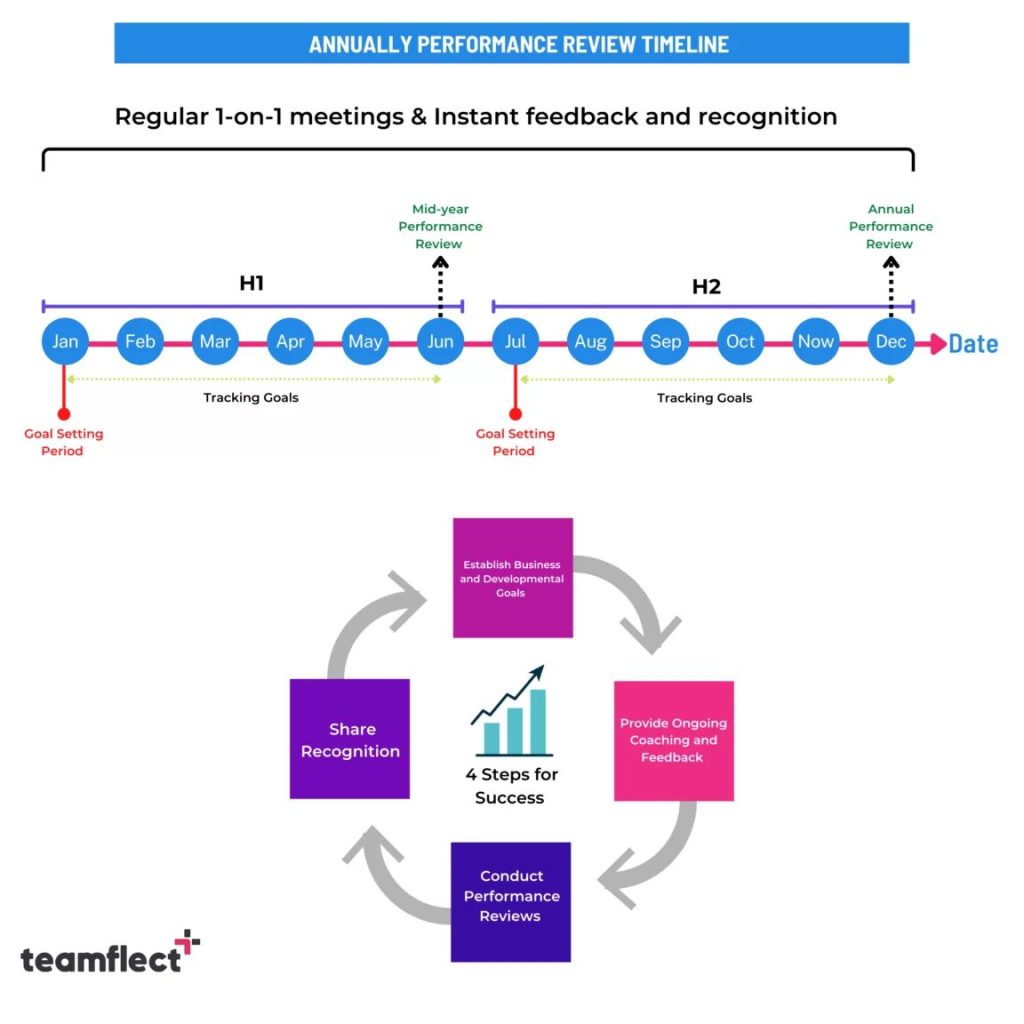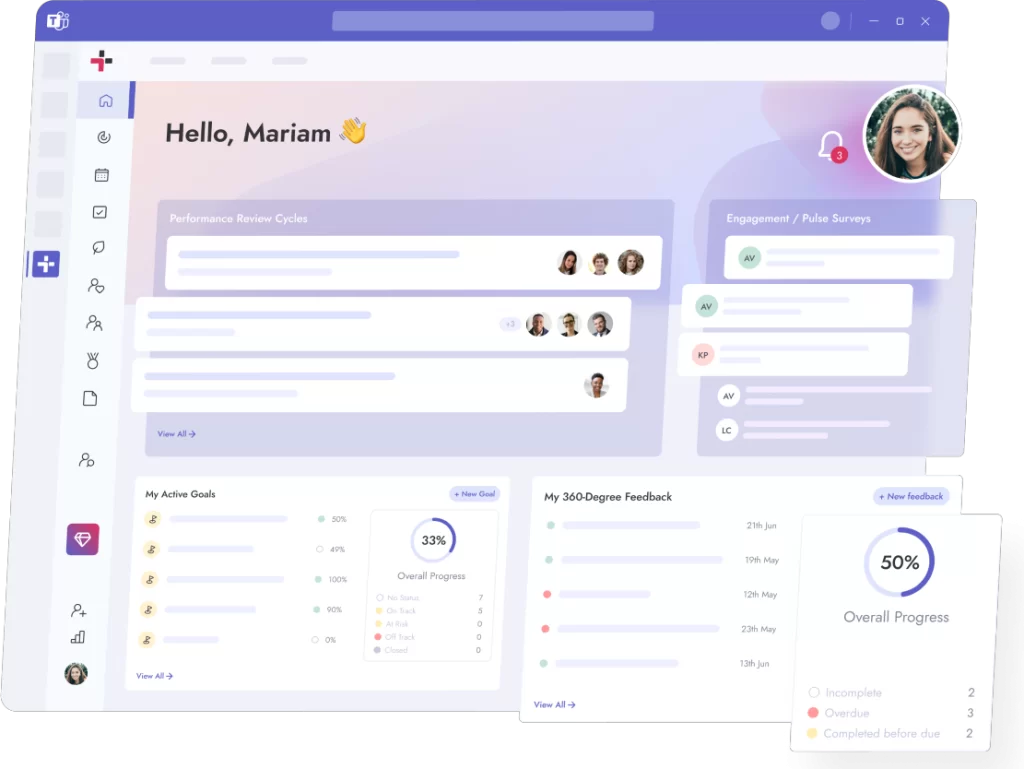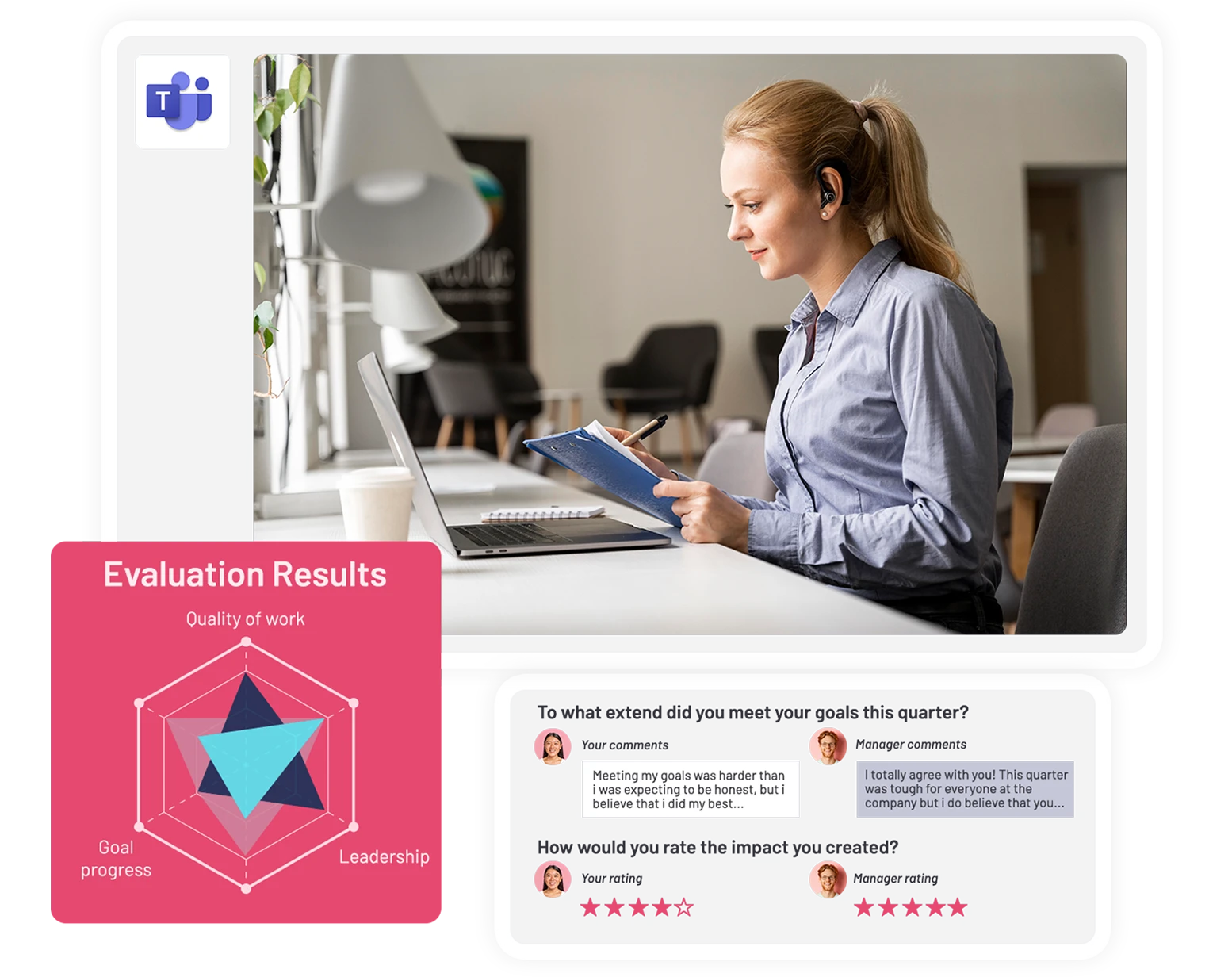Finding the right performance review frequency for your organization is tricky. While one could argue against quarterly or monthly performance appraisals, nobody can refute the necessity of mid year reviews.
While we have in fact previously discussed the optimal frequency for performance reviews in previous articles, in this particular post we will be covering the best practices for mid year performance evaluations.
This post will include:
- A complete mid-year review guide with best practices, definitions, and overall tips.
- A free downloadable mid-year performance review template
- Sample mid year performance review questions
- How you can digitize your mid year reviews with performance review software
Let’s five right into this ultimate mid-year performance review guide!
Table of Contents
Complete Mid Year Performance Review Guide
What Is a Mid Year Review?
A mid-year review is a critical checkpoint within an organization’s annual performance management cycle.
Unlike annual reviews, which reflect on a year’s worth of achievements and challenges, mid-year reviews offer a timely opportunity for employees and managers to assess progress toward goals, address challenges, and recalibrate strategies for the remainder of the year.
What Is The Purpose Of a Mid Year Performance Review?
Mid-year reviews serve as a checkpoint for the entire fiscal year for an organization. While it mid-year reviews serve multiple different purposes for an organization, their central benefit is that they provide a checkpoint for goal assessment.
They are a great halfway point where strategic pivots can be made if goal progress isn’t going as planned.
Middle of the calendar year is also where employee burnout and disengagement rates are at their highest so mid year evaluations are a great way to get people back on track and re-engaged.
Some of the central purposes of mid year reviews include:
Goal Assessment: Mid-year reviews allow both the employee and the manager to evaluate how well the individual is progressing towards their set objectives and to make necessary adjustments.
Feedback Exchange: A middle-of-the-year performance evaluation provides a structured opportunity for feedback in both directions. Employees receive constructive criticism and recognition, and they can also share their thoughts and concerns.
Development Focus: The mid-year performance review serves as a platform to discuss the employee’s professional development, identifying areas for growth and the resources or training needed to facilitate that growth.
Motivation and Engagement: It can significantly boost employee motivation and engagement by showing employees that their work is valued and that the organization is invested in their success.

Best Practices For Mid Year Reviews
Now that we’ve clearly established the meaning of mid year performance reviews and discussed their purpose and importance, let’s go over everything that needs to be done for the best performance review experience for both employees and employers.
In this section we will also show you a way to digitize your entire performance cycle to hold the most effective mid year performance appraisals you possibly can.
1. Prepare Thoroughly
Both managers and employees should come prepared with notes on achievements, challenges, and points of discussion. Preparation ensures a focused and productive conversation.
The best way to prepare for a mid year performance appraisal is to practice performance management continuously. By that we mean:
- Keeping track of all the feedback exchanged throughout the review period.
- Making sure notes from one-on-one meetings with the reviewee are always accessible.
- Keeping track of all the recognition and praise the reviewee received.
- Updating goal progression regularly throughout the review period.
All of this allows the reviewer to…:
2. Be Specific
Use specific examples to illustrate points, whether praising accomplishments or addressing areas for improvement. Specificity makes the feedback more actionable and understandable.
The best way to be truly specific is to integrate factual data and 360-degree feedback into your performance appraisals.
This data is difficult to accumulate if your review cycle isn’t digitized. That is why you need to…:
4. Use Performance Review Software
As opposed to manual pen and paper solutions, we strongly recommend using performance review software.
The ideal performance management software doesn’t just come in during the review season. It is used throughout the review period for goal-setting, feedback, task management, meetings, and more.
This way, all that data can be used when it is time to conduct those reviews for the most accurate assessment possible.
While there are some great tools for performance reviews out there, the best solution that let’s you do everything we just described without having to leave Microsoft Teams or Outlook is: Teamflect.

Teamflect users have access to customizable performance review templates that can be sent out directly inside Microsoft Teams or Outlook!
Click the button below to try Teamflect inside Microsoft Teams for absolutely free, right now!



